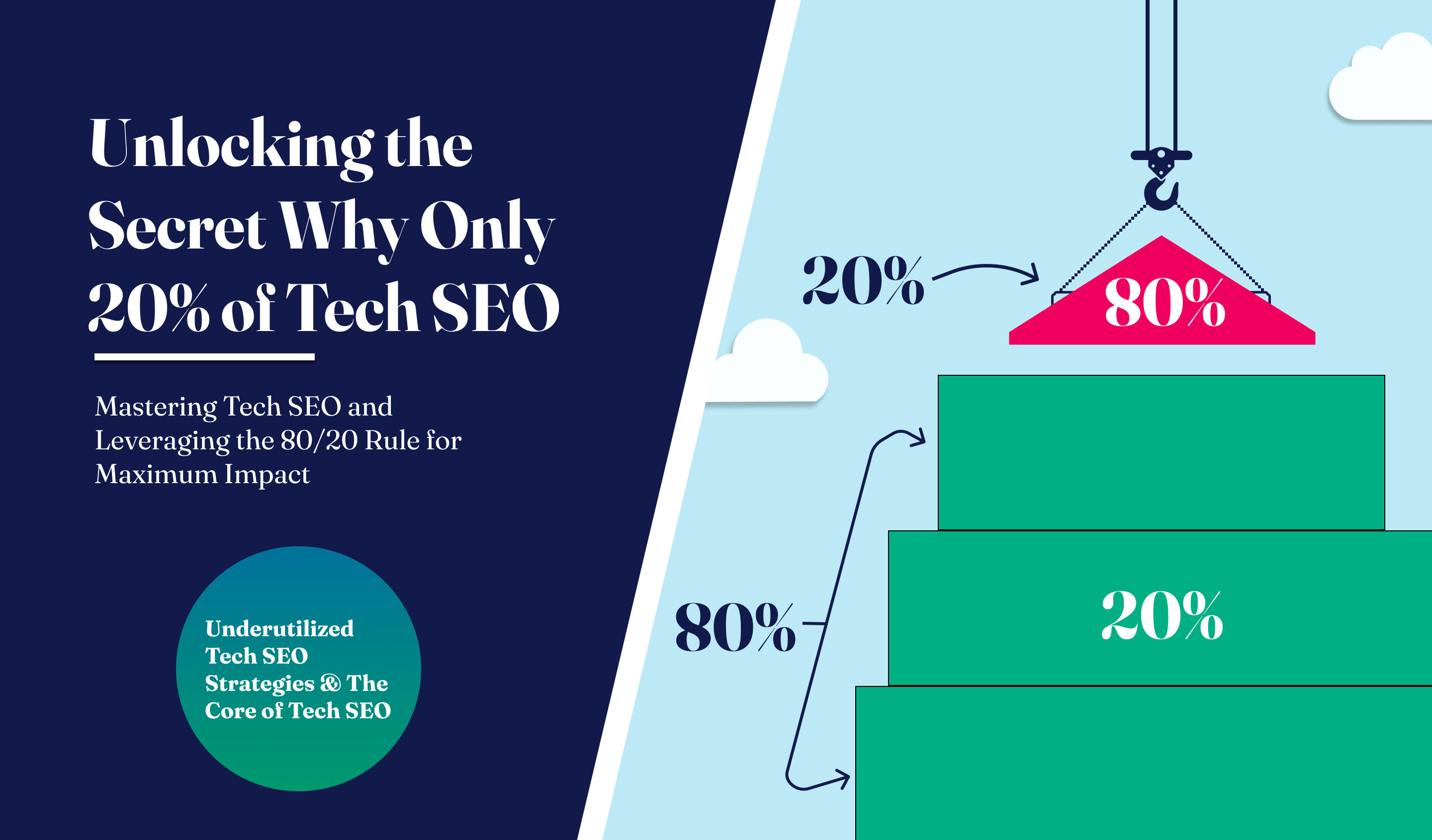
How to design winning ads for the major ad platforms
Creating new winning ad content is tough. And in this competitive media landscape, you might need to run ads on TikTok, Facebook, Instagram, LinkedIn, and Google all at once.
So why not make it easy on yourself and reuse the same ad over and over?
The problem with that approach is that user behavior is drastically different on each platform. What works on one will probably bomb on another. And with high CPC costs, you can’t afford to waste advertising dollars.
Book a 30 minute call
Reserve 30 minutes with a strategist and get 30 hours worth of value.
To design winning ads, you need to understand the psychology of your audience and play to each platform’s strengths. In this post, I’ll break down the key elements of each platform, share how I think about the user experience, and avoid mistakes to get the most bang for my buck.
Why should you create different ads for different platforms?
All platforms accept images or videos. But where those assets are placed in the platform and what content surrounds it is crucial to differentiate your ads.
For example, video works great on Meta – especially right now. Reel content is prioritized in Instagram’s algorithm, and those videos also appear in the Facebook feed.
If we placed the same Reel ad on LinkedIn, it would show up in the regular LinkedIn newsfeed, but the video would get truncated at the top and bottom, most likely chopping off components of your ad.
So in most cases, repurposing the same video across platforms just isn’t going to work. You’ll need to reformat it to a different size, use different assets, and consider the type of ads the user would expect. Let’s take a quick look at how some of the most popular ads differ:
- Meta: Meta is full of targeted sponsored ads. And we’re all used to it. We know we’ll get static ads whenever we go to Facebook, so creating more of those makes sense.
- TikTok: TikTok has a user-generated feel. If you were to see a traditional, flat ad there, it would be jarring to the user, and they’d skip right over it. So your ad needs to blend in with the natural feed to get seen.
- Display ads: Display ads need to show up well on mobile devices, and there isn’t much room for ad copy. You need to be extremely concise with your messaging.
- Responsive display ads: Responsive display ads need even less text, meaning you need a strong visual to carry your message.
- Native display: Your native display ads will be around clickbait articles, so your language needs to be just as clickbaity.
5 ways to think about user psychology on each platform
To make an effective ad, you need to know:
- What purpose each platform serves. When people open Facebook or Instagram, they want to see what their friends and family are up to. They’re looking for updates on people’s lives.
But when they log onto LinkedIn, they’re looking for industry news, tips to succeed in their role, people to network with, or new jobs.
TikTok is a mixture of pure entertainment and learning. When people open the app, they sit there and scroll through funny or educational videos for an hour without realizing it. Keep all of this in mind when you’re designing your ads.
- What mindset a user is in. On Meta apps or TikTok, users might be more relaxed, but they’re more buttoned up when interacting on LinkedIn. Your ads must reflect the user’s goals and mindset to drive a wanted behavior or action.
- What type of ad a user is in the mood for. Based on the platform and the user’s likely position in the funnel, you need to determine whether you will take an emotional or a rational approach. Are they ready for you to tell them a story, or do they just want to see how useful your product is? Could you inject a little humor? Sometimes an ad that keeps people on their toes really makes you stand out among your competition.
- What users want your ad to focus on. Ads can share a competitive price point, demonstrate product value, or show social proof. Are you just building your reputation or do you want someone to actually buy something? What content is best suited to the platform and the user’s expectations?
- What demographic users are a part of. Knowing who your ideal customers are helps you tailor your message appropriately and decide which platform(s) to use. For example, 48% of US adults between 18 to 29 (this includes Gen Z) use TikTok. 30 to 49-year-olds make up about 22% and then 50 to 64-year-olds make up 14%. So while there is a very broad range specifically for TikTok, Gen Z makes up almost half of it.
And we are starting to see reports that Gen Z doesn’t react well to full stops in language. They find it offensive in some cases. So when advertising on TikTok, you need to ensure that you’re not using periods in ad copy.
Best practices for designing ads across Meta, LinkedIn, TikTok, and Google with examples
There are two things you should always consider when creating your ads, regardless of platform:
- Interface – In general, you should always think about the platform interface. You need to make sure font sizes are large enough to read on mobile, and consider the placement of elements and graphics in images. Remember, people typically use their thumbs to scroll, and you don’t want a key part of your message to get covered.
- Sound – Most users will have their sound turned off when interacting with content, and in today’s social ad world, video is very prominent. So video captions are king. Make sure you have clear captions on your video so people without sound on can easily follow along. And find ways to make them fun – you don’t want long captions going on for 10 seconds; you want to keep people’s eyes focused on the ad.
- Grabbing a user’s attention – No matter what platform your ad is on, it needs to catch people’s eye and draw them into your content, whether with bold imagery, catchy copy, or bright colors.
- Cold or warm offers – The most common reason ads fail is they’re targeting cold audiences with a direct offer. They don’t know your brand, they don’t know why your product is important, and they don’t want to stop doing what they’re doing on the platform. You need to build your audience first with a compelling hook.
Try taking your best piece of content that would only be interesting to one specific segment of your audience and cutting it up into small videos or quotes to start building their trust.
With these in mind, let’s review some best practices for specific platforms, starting with Meta.
Meta
What plays well
- Animated or video ads
- User-generated-style content on Reels
- Shorter copy (125 characters or less)
Solar Energy World Example (Facebook)
Before we started working with Solar Energy World, their marketing team was focused on protecting future generations. Their ads had disheartening imagery, like children playing next to smokestacks.
So we tried a different approach, appealing to the user by lowering the cost of their energy bills.
We showed adults in the ads and focused more on money to make it relatable to the end user, and saw an immediate uptick in response rates.
And because we knew that video works better on Facebook, we took the middle ad and animated the “SAY GOODBYE” cards to flip around, and that drove increases as well. You can see that people were engaging with it, leaving lots of likes and comments.
We then took it a step further and discovered that Solar Energy World had some affinity groups in their audiences.
So we created a new set of ads targeted to the preferences of each of those groups. For example, we’re talking to general gamers on the left, encouraging them to “level up their roof.” In the middle, we’re speaking to sports fans, and on the right, we’re talking to music lovers, with language they use every day. These ads skyrocketed engagement and even won awards for creative copywriting.
But we didn’t stop there. We also wanted to try more text-based ads.
So we targeted specific states, adding more heavy text and showing the shape of the state and state flag to make them instantly recognizable. We saw a huge boost by taking advantage of exclusive and relevant offers.
B2C app example (Reels)
Most of our TikTok campaigns are in client approval stages now, but Reels works very similarly, so consider this an example for both Meta and TikTok.
One of our clients wanted to increase app downloads. So at the beginning of Q2, we started testing UGC content. For that, we had footage of a hand using the app with voiceover speaking to the app’s benefits.
What we found was that those ads were our best performing ones of the year up to that point.
We think that’s because it felt authentic to the platform – it didn’t feel like an ad, there wasn’t copy on them, and they showed real footage.
So we iterated on that idea, and launched a different style of UGC ads in Q3. In this one, we spliced footage of someone using the app and the person talking straight to the camera about the app’s benefits.
While only slightly different, this ad outperformed our original UGC ad. Adding the actor talking to the camera made the ad instantly more personable. They are the ones setting up the problem, and then using the app to solve it. This actor also spoke slightly off-script, which made the ad feel more casual and conversational.
What plays well
- Educational messaging (to help them make the right decision)
- Product trials
- Webinar bookings with details, such as date, time, name, and notable speakers
- CTA buttons within static ads
- Square ads (vs. 16 x 9)
- Long-form video to keep people on the platform
Everfi Example
Everfi came to us wanting to promote their DEI facilitator workbook that promotes healthy conversation in the workplace.
First, we directed users to download the guide and had a guide cover as the background of the ad. That was successful, but we knew we could do better.
So we took a more emotional approach and ultimately saw a decrease in cost per click.
All the models are looking directly at the camera – something you don’t see a lot on LinkedIn. And the ads aren’t shying away from controversy. Leaning into uncomfortability and getting people thinking about these scenarios at work prompts them to download the guide.
We then used what we learned to develop another even more poignant ad:
Rather than using stock photos of diverse teams looking happy and posed, we took a more abstract route, using imagery of paint swatches to convey the complexity of race.
And we asked the user a very hard question. Does your workplace embody full color? It gets users to stop and consider how they would start those tough, thoughtful conversations with their coworkers. As a result, it really drove down cost per click.
TikTok
What plays well
- Vertical, portrait aspect ratio ads (otherwise users see two big black bars on top)
- Natural, conversational, authentic content
- Platform components like emojis and stickers
- Ads that don’t look like ads
Display ads – What plays well
- 10 words of copy or less
- Incorporated CTAs in the ad copy, such as “Tap here and save X”
- A 1-pixel border to the outside of your ad
Responsive display ads – What plays well
- Limited copy (preferably none to avoid it getting cut off)
- Creative copy with strong verbs (30 – 40 characters)
- Provide multiple copy options for the platform to optimize
Native display ads – What plays well
- Limited copy
- Click-bait text
- Photography over illustration
The 7 biggest ad mistakes
The number one mistake companies make is not understanding their audience. You need to know who you’re speaking to and meet them where they are. If you don’t, they’re just going to gloss over your content completely. Outside of that, I also see:
- Designing without accessibility in mind – Some users have visual disabilities, so your ads need proper color contrast, and captions need to be readable, too.
- Misspoken directions – If you’re guiding users to take the next step, make sure it’s accurate to the platform. It could be clicking a link below, or it could be visiting a link in someone’s profile.
- Landing page experience – Your landing pages should match the ad and be a positive experience, even if you’re having users fill out a form.
- Not being mindful of UI changes – If you’re running a similar ad in multiple places, make sure to move the CTA to where users can access it. Pay attention to changes platforms make to their UI and update your ads accordingly.
- Too much copy – Get straight to the point to avoid losing users’ interest.
- Bad CTAs – It’s fun to add a clever CTA that ties into what you do, but a very straightforward CTA often works better. Download X, or click Y.
Design ads for each platform without breaking the bank
Creating ads for each platform sounds overwhelming, but with the right guardrails in place, you can use similar concepts and tweak them to fit exactly what your audience is looking for. We’ve found that restrictions actually boost our creativity, leading us to new ideas and impressive results.
Questions or comments? We’d love to hear from you. Book a call with one of our experts to share your feedback and learn more about our approach to ad creation.
Or, join our regular cohort of The Growth Clinic listeners by watching previous videos on our YouTube channel and signing up for the next one – we host them every Wednesday at noon ET.
Most newsletters suck...
So while we technically have to call this a daily newsletter so people know what it is, it's anything but.
You won't find any 'industry standards' or 'guru best practices' here - only the real stuff that actually moves the needle.







